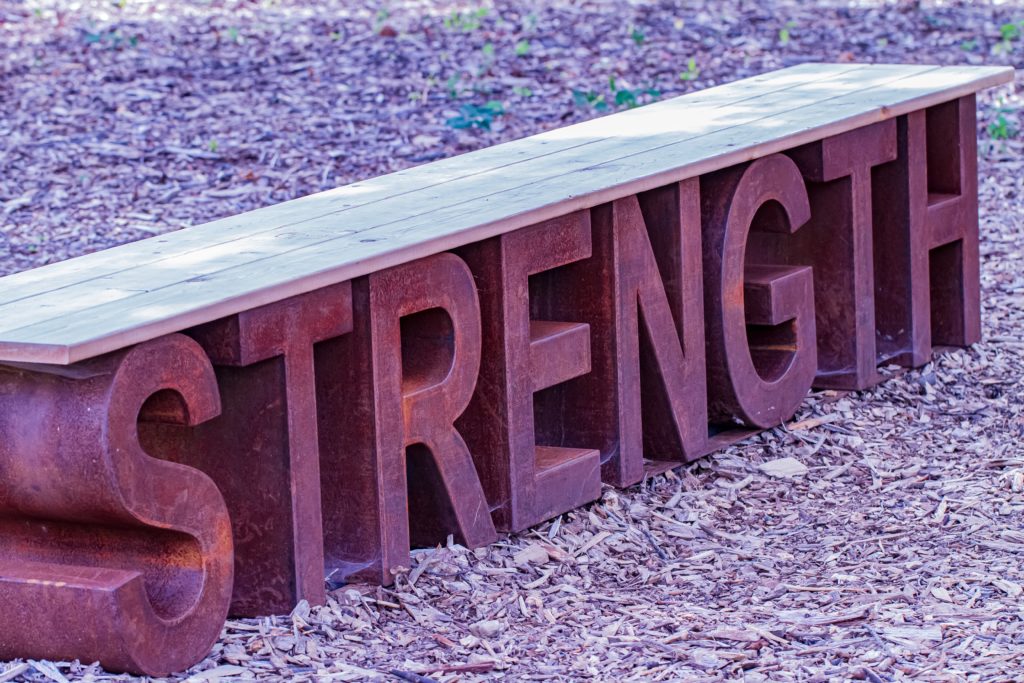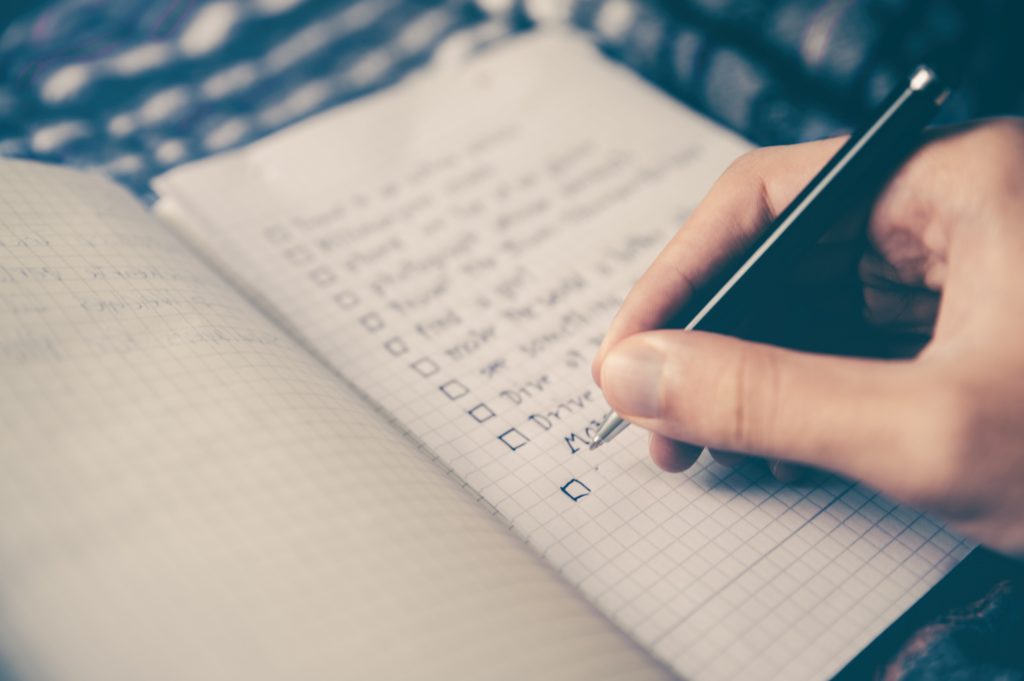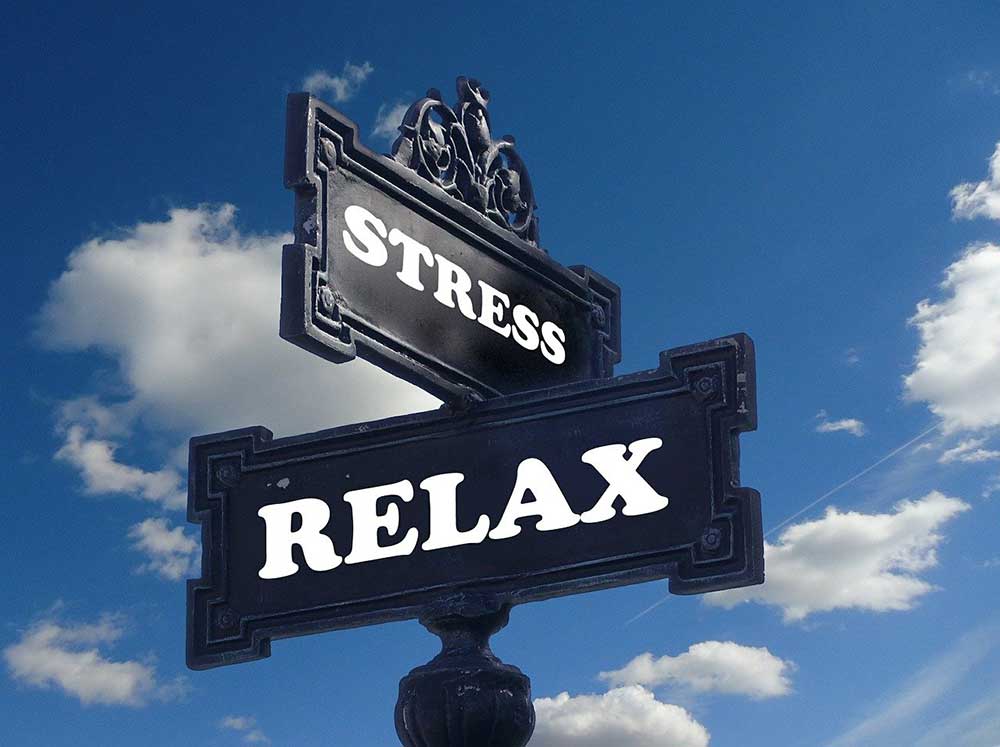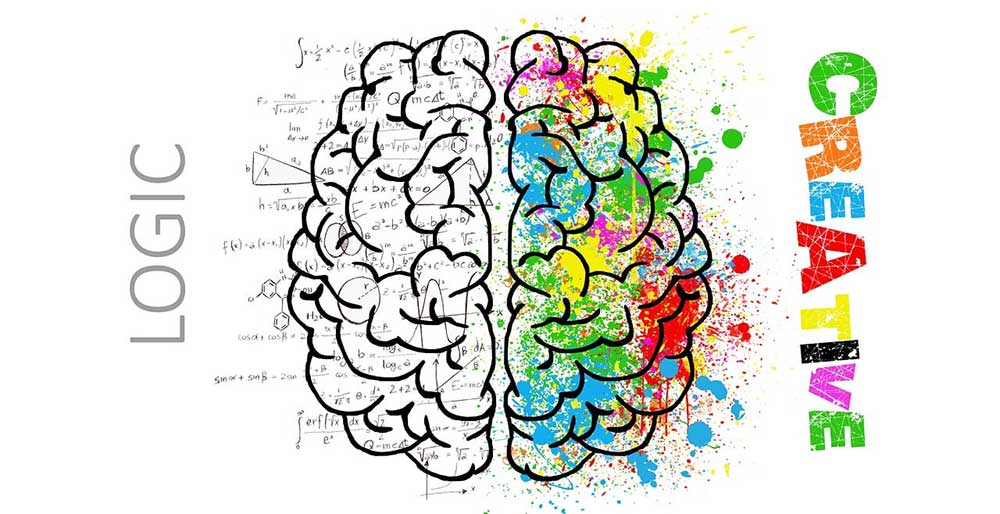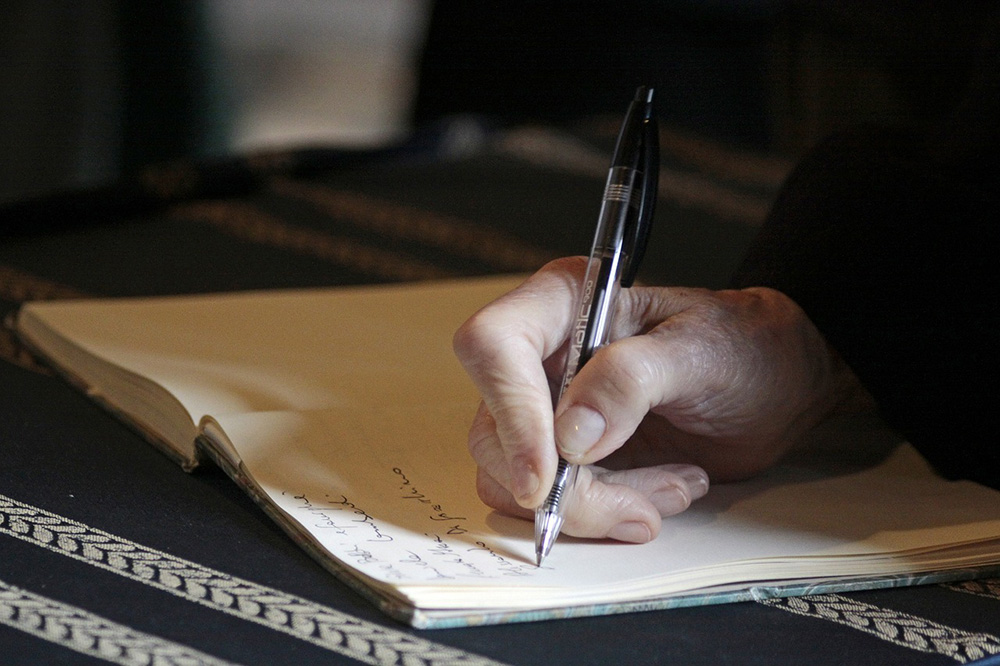We’re onto the last step. You’re almost finished. You’ve reached step 4 of your personal vision statement. It’s time to combine everything into a coherent statement. If you’ve done the first three steps thoughtfully and honestly, you should be able to come up with a moving and motivational personal vision statement for yourself.
Get out a new sheet of paper. Write down all the things you’ve already come up with that need to be included in your vision statement. That is, write down your most important goals, any strengths or skills you want to include, and your personal values. These together form the core of your vision statement.
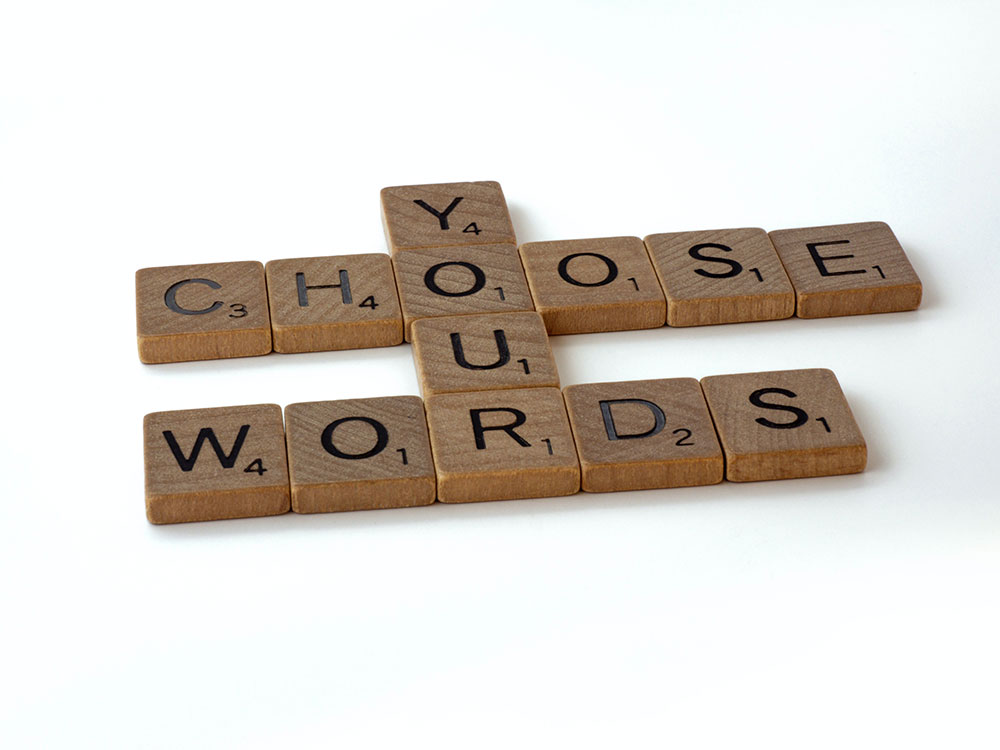
You’ll create drafts of your vision statement by playing around with words. Start a sentence with any of the following phrases and write until you have incorporated everything you want to include. Your vision statement may be anywhere from one sentence to a short paragraph long.
Vision Statement Opening Words
- “I am…”
- “I want…”
- “My purpose/mission/vision is…”
- “My life will show…”
- “To…”
- “I will…”
- “I won’t…”
Don’t just try one set of these opening words. Try a few. Play around with them. Have a go at writing four or five draft vision statements. Use active, first-person verbs in all of them. That means you should write as “I [verb]” as much as you can.
Take some time with this. Add things in and take out other things. Use synonyms and antonyms. Try different lengths, sentence structures, pacing, and tones. Make drafts that sound as different as possible while still expressing the same core set of beliefs.
How will you know when you’re finished? When it resonates. When it feels right. Your personal vision statement should motivate you and feel true to your heart.
If you’re not quite there then set the task aside for a day or two, then come back and read your drafts again. Circle things that you really like. Mark out things you don’t. The bits and pieces that you like will form the core of your final draft.
Start making another set of drafts and this time use only the phrases you’ve circled from your first drafts. Then repeat the process until you’ve formed a personal vision statement that suits you.
I’ll wrap up this series in the next article by sharing some real life examples of personal vision statements.


